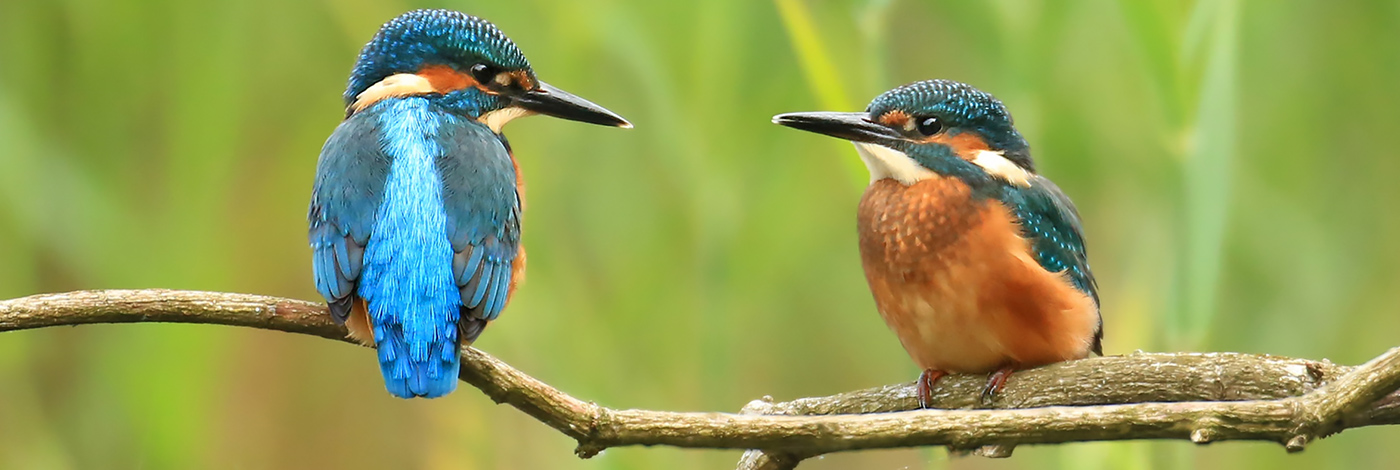We are fortunate to have some Campus staff who have an interest in ornithology and regularly go out onto the Wetlands Reserve and Campus wide to record the wildlife and birds that are using the area.
If you would like to get involved, consider joining this group. Please contact wetlands@wellcomegenomcampus.org for further information.
When to watch wildlife month-by-month
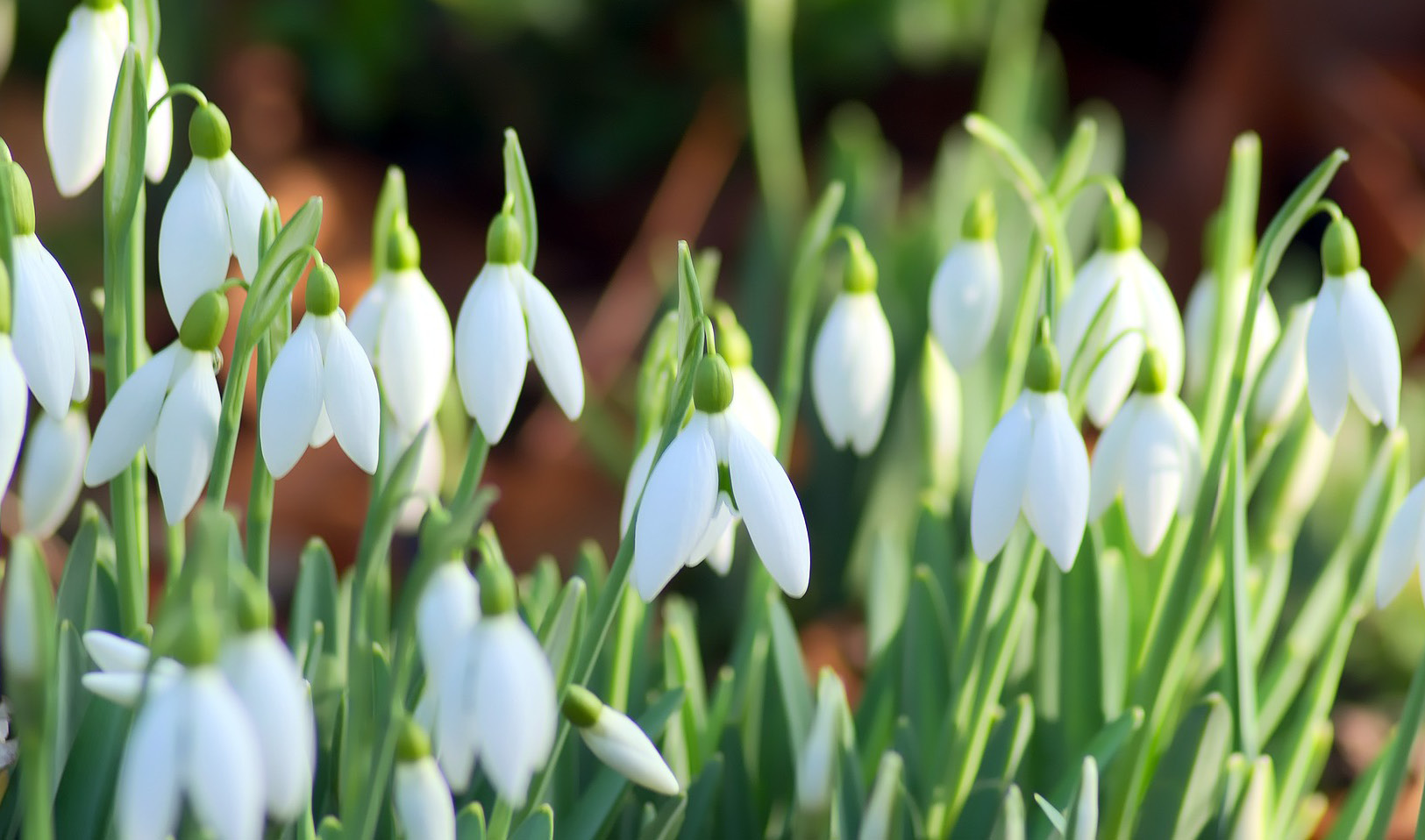
January
Christmas is over and the new year celebrations are now a mere hangover. January and February are the core of winter, and Spring feels a long way off. Days are short, but can be crisp and bright. Look out for:
- Snowdrops
- Redwings, fieldfares and waxwings
- Frogs returning to ponds
- Thrushes, robins and great tits singing for territories
- Skylarks
- Geese, ducks and waders
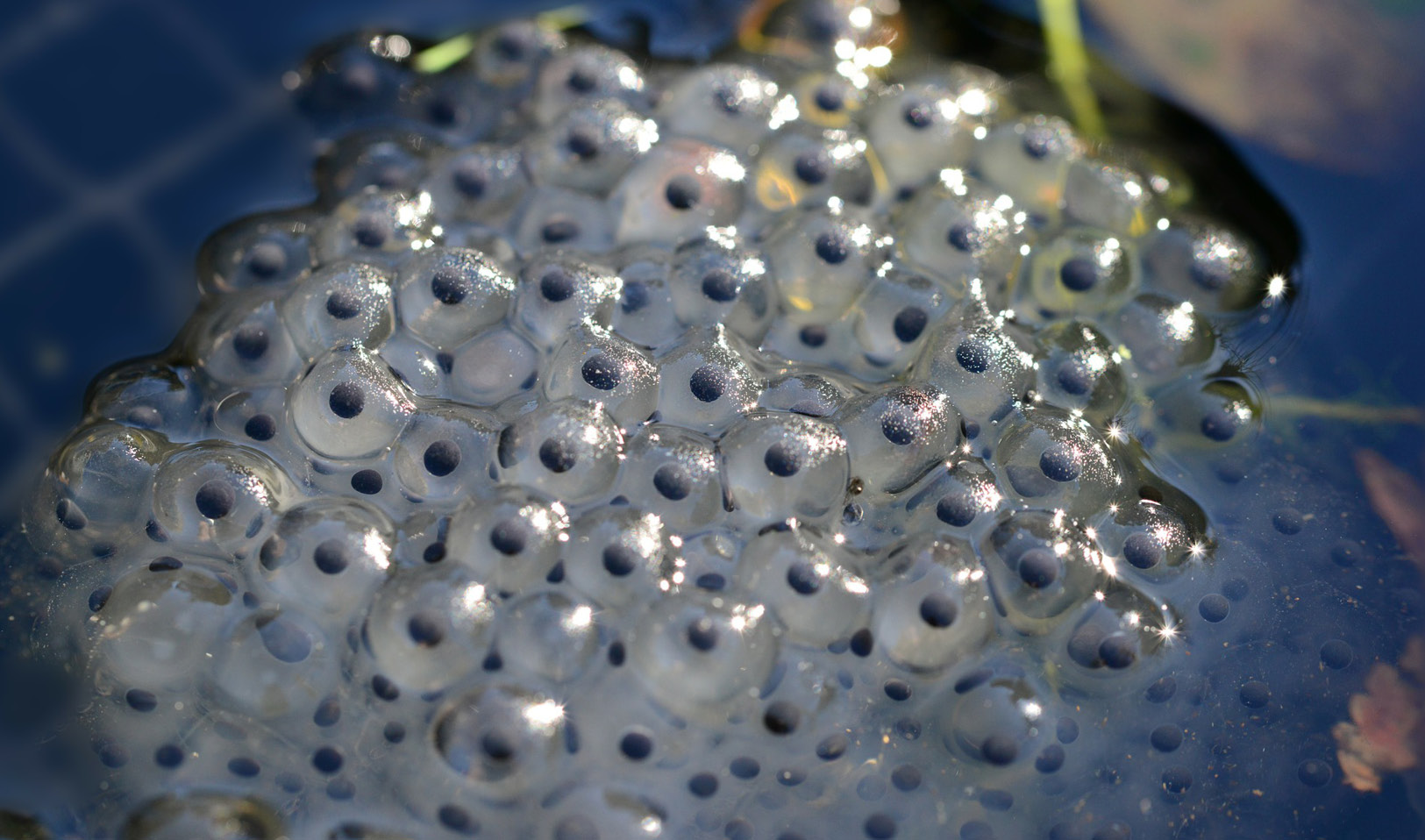
February
The month of February can be as harsh as any, with snow and freezing winds. However it is possible to spot hints of better things to come. Although spring is still several weeks away the first signs are there to see. Hazel catkins have started to expand into golden tassels in order to release their pollen to the wind. The female part of the hazel plant, which catches the wind borne pollen, consists of a tiny red cone of red stigmas. Look out for:
- Frog spawn in ponds
- Hazel catkins opening out
- Mistle and song thrushes
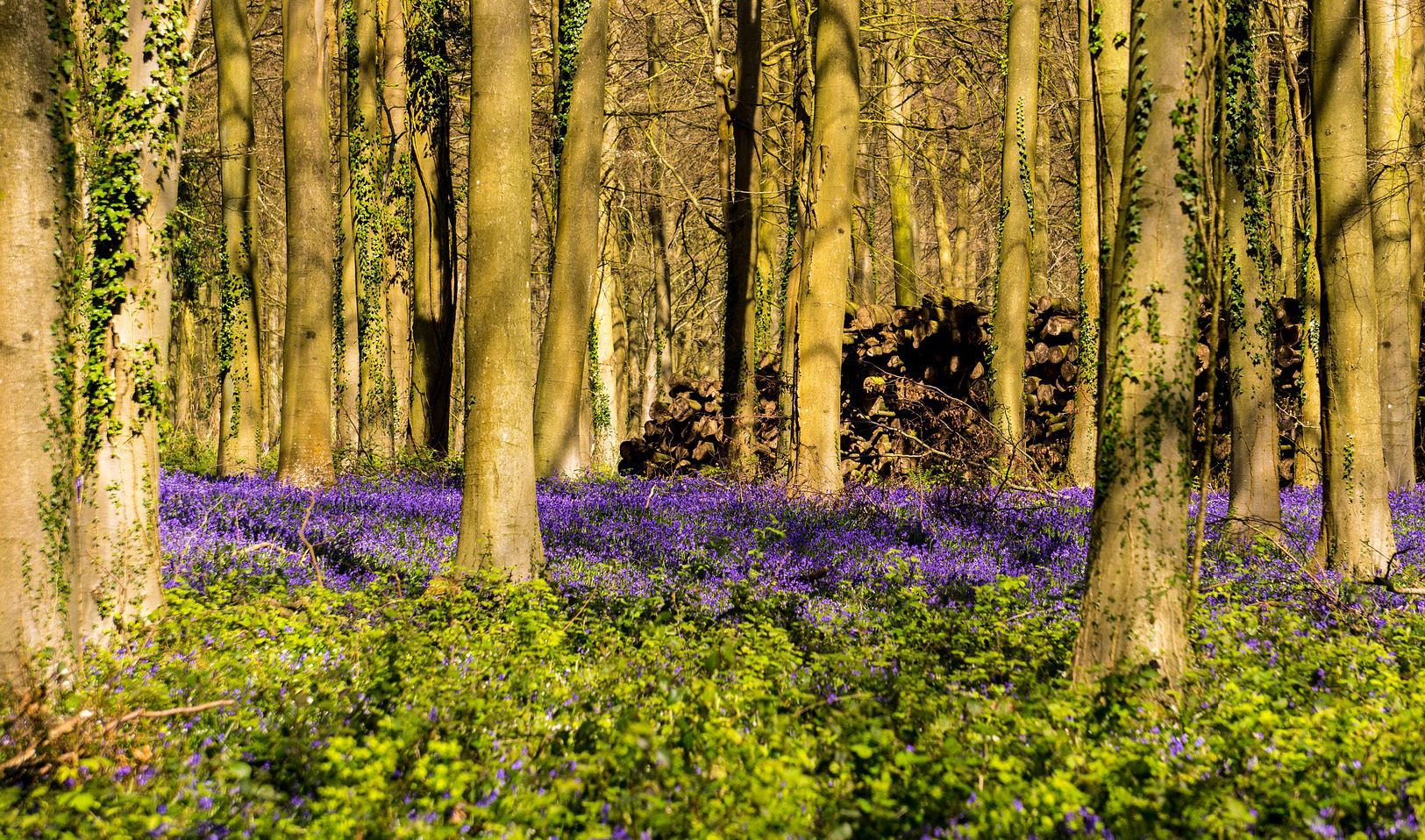
March
Although there can be warm days, March can often remain in the grip of the winter weather. However it is impossible not to feel the mounting anticipation of Spring and notice the new emergent life. As the nights get longer, and at last the clocks change ("spring forward"), there is a renewed optimism for the new season ahead. Look out for:
- Mad-March-hares
- Chiff Chaffs start to arrive
- First woodland flowers
- Blackthorn in flower
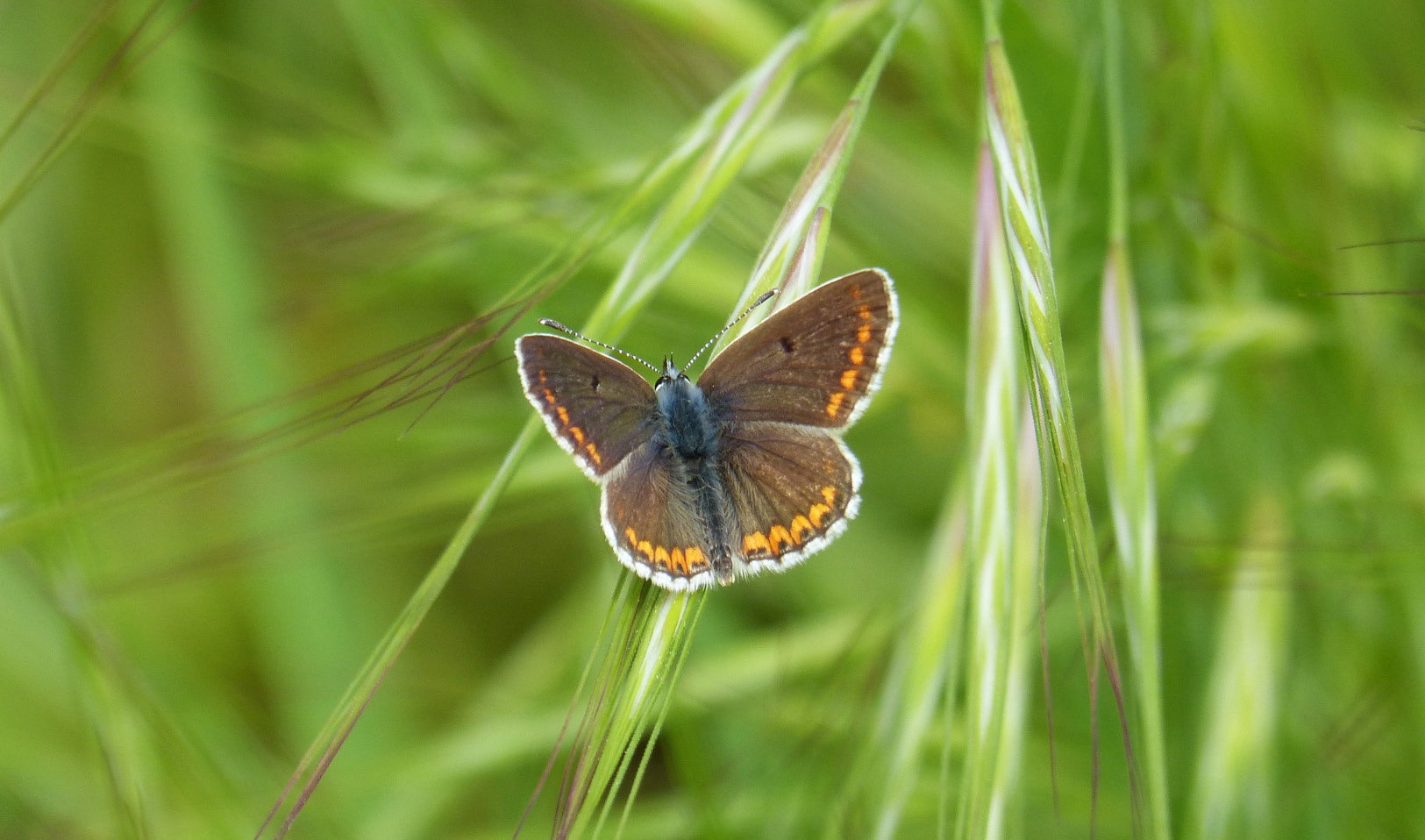
April
April is a fabulous month for wildlife, as the trees and shrubs burst into leaf with fresh, vibrant green foliage. The fragile leaves are vulnerable to insect attack, but this early growth is still beautiful perfection. Bird song grows in volume and diversity in April, although it is not until May that all our breeding species arrive back to complete the ensemble. However early morning sleep can be disturbed by a strident blackbird or song thrush. In the countryside on sunny days the chiff-chaff and blackcap will already have been singing for a week or two. Look out for:
- Trees and hedgerows in leaf
- Butterflies emerging
- Early meadow flowers including orchids
- Blackbirds, song thrush and blackcap
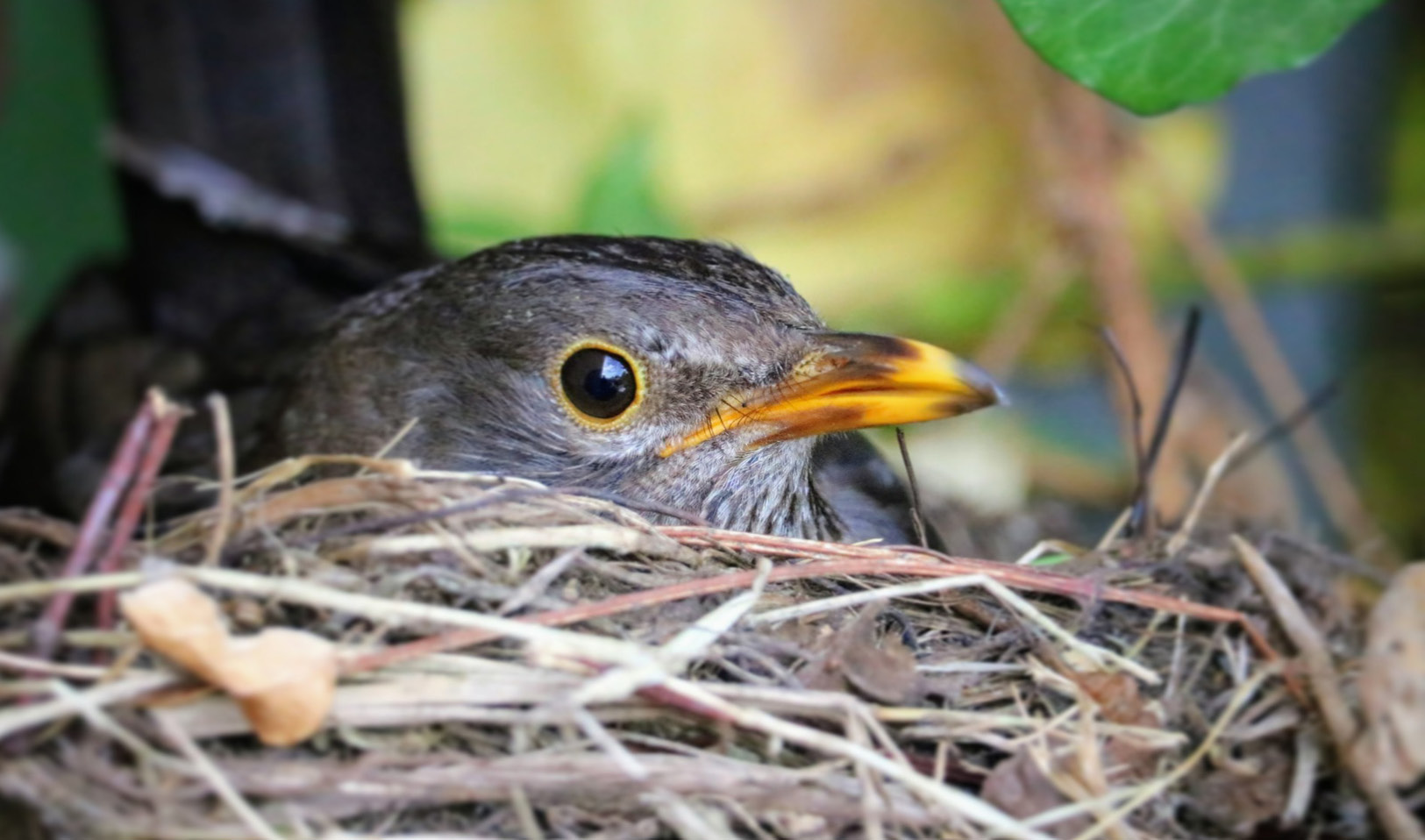
May
Our summer migrants have all now arrived and their songs and calls mingle with the residents bird species. Summer specialities such as nightingale, cuckoo, swifts and swallows bring a special excitement to wildlife watching. Warblers fill the woodlands and hedgerows. Blue tits, great tits, robins, blackbirds and song thrushes lead a frantic life seeking food to satisfy the insatiable appetite of their young. Look out for:
- Birds nesting
- Song birds singing - the 'dawn chorus'
- Butterflies, dragonflies and damsel flies emerging
- Trees and hedgerows in flower
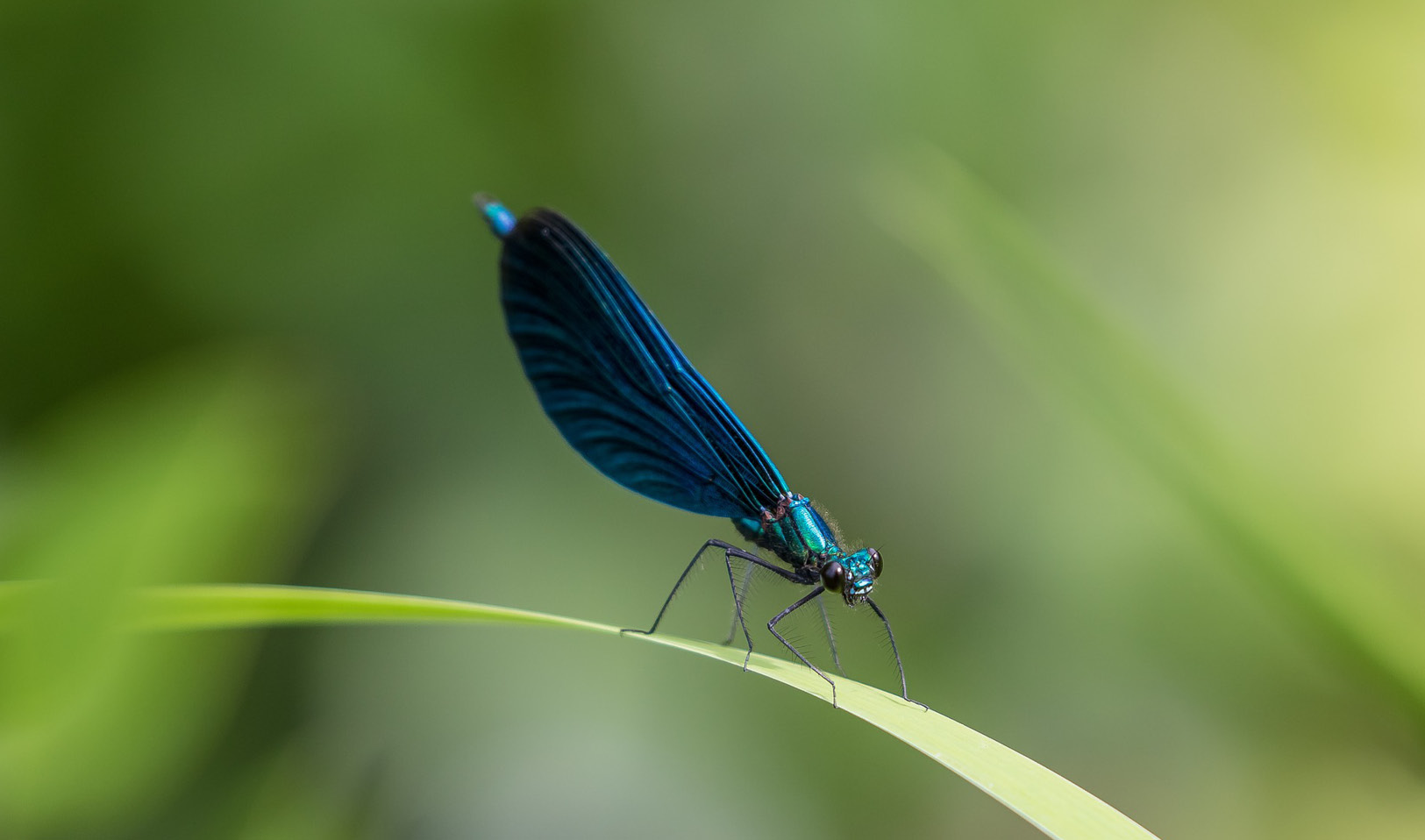
June
In June summer is in full swing, with mid-summer officially heralded on the 21st of this month. The countryside is lush and the hedgerows, meadows and woodlands are bursting with growth. Trees are now all fully in leaf. Most have started to lose their spring freshness by the end of May, with the bright green exchanged for a darker and mellower hue. The hawthorn blossom starts to fade, but the elder blooms light up the roadsides with their big disks of creamy pungent flowers. This month look out for:
- Yellowhammers, cornbuntings and goldfinches
- Butterflies, dragonflies and demoiselles
- Ox-eye daisy, birds foot trefoil, cowparsley
- Swifts, swallows and house martins chasing insects
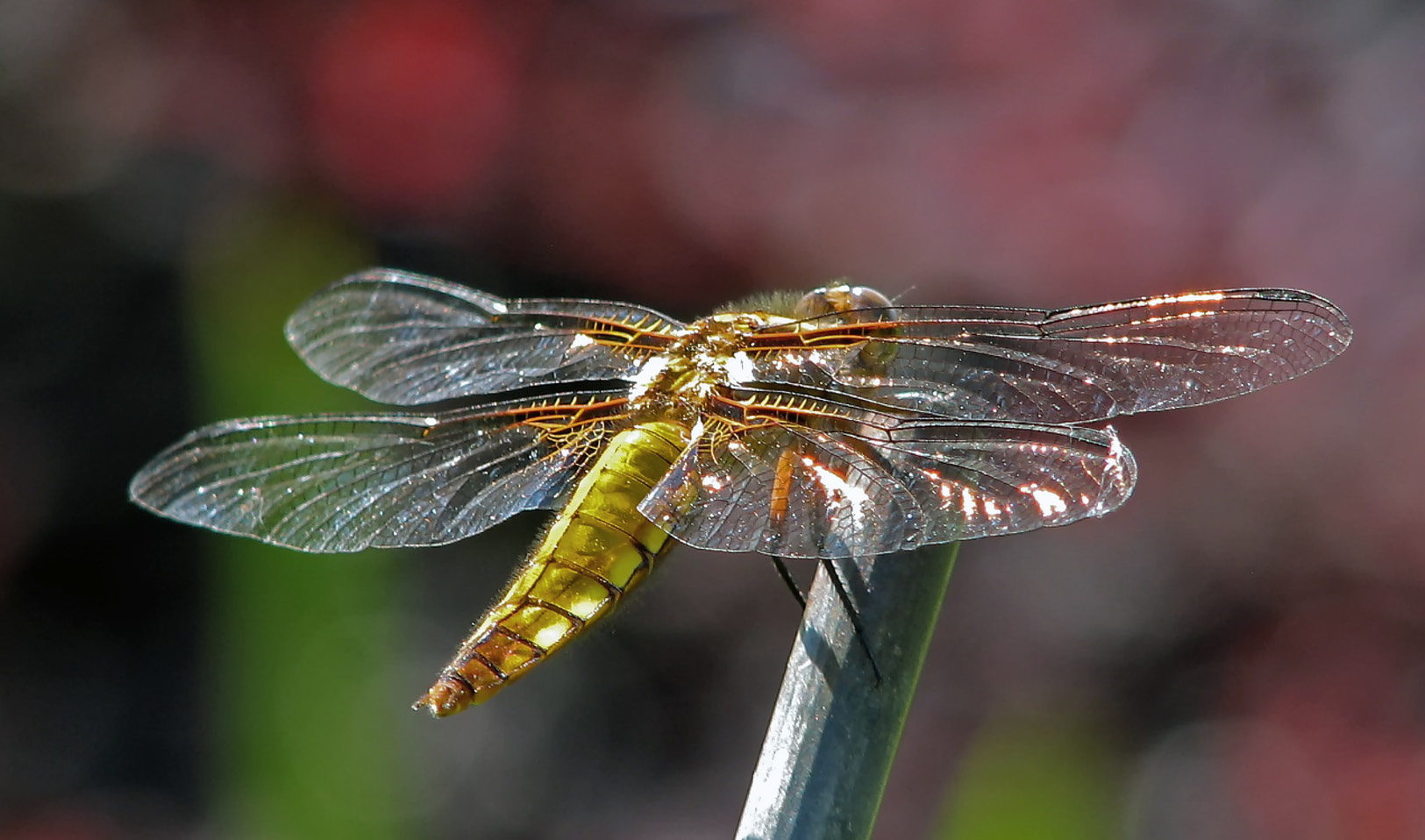
July
By July the countryside has taken on a rich uniform green, punctuated with contrasting golden squares, where the hay and silage has been cut, or the barley is ripening. The air has a scent of cut grass and frizzes with insects. Summer relaxes. This month look out for:
- Butterflies and dragonflies
- Goldfinches and blackbirds
- Swifts, swallows and house martins chasing insects
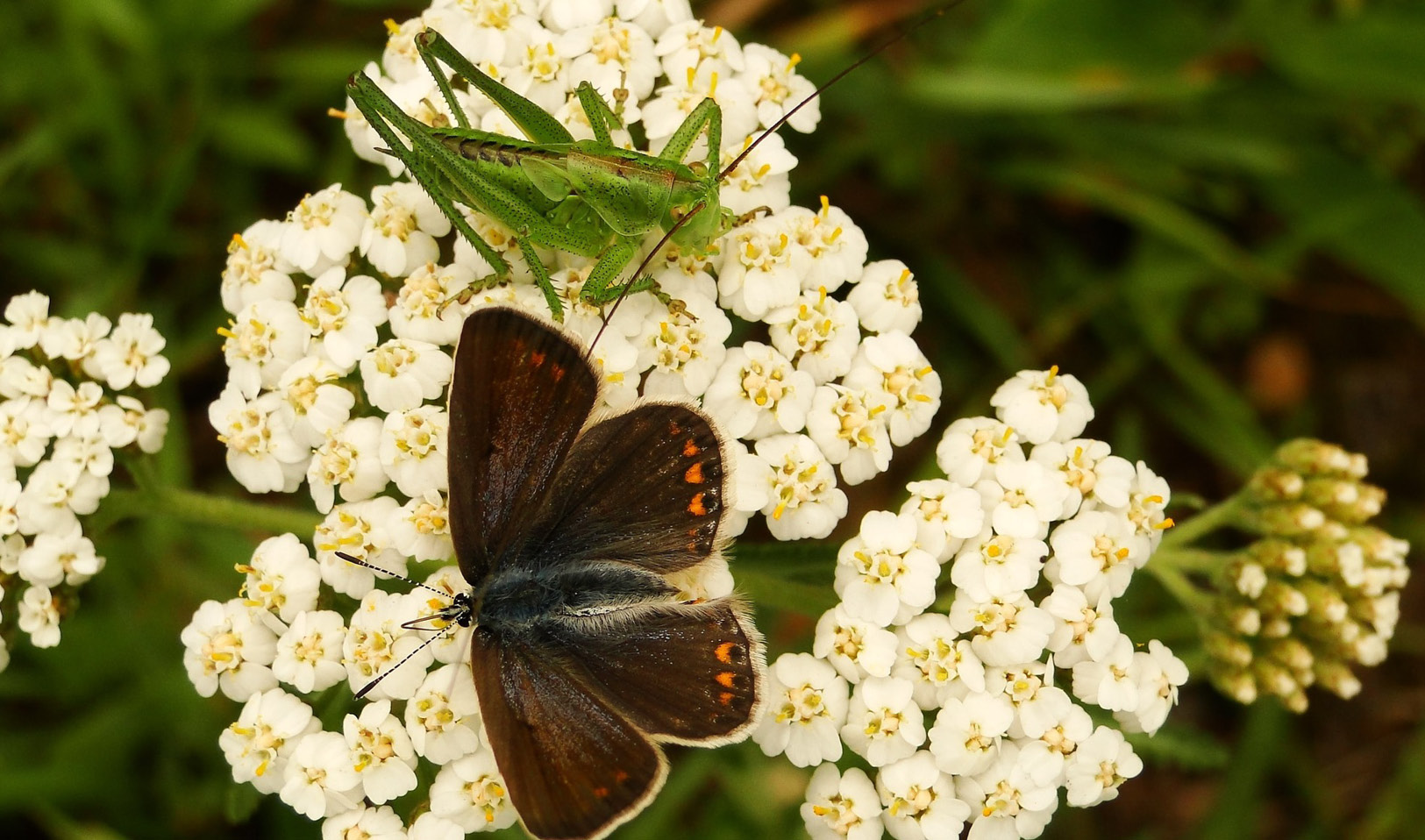
August
If the weather is hot, the countryside starts to look parched and tired, as grasses brown and even tree leaves start to wilt. In the hedgerows the blackberries have already started to ripen, going from green to red then finally black and delicious. Elderberries also ripen and are feasted on by hungry birds such as starlings and blackbirds. Other berries are ripening too, such as hawthorn ('haws'), sloes and rose hips. These will provide sustenance for many species through the harsh winter months. For now food is plentiful, although the dry ground can cause problems for the ground feeding birds. This month look out for:
- Lapwings
- Dragonflies and damselflies near water
- Grasshoppers and butterflies
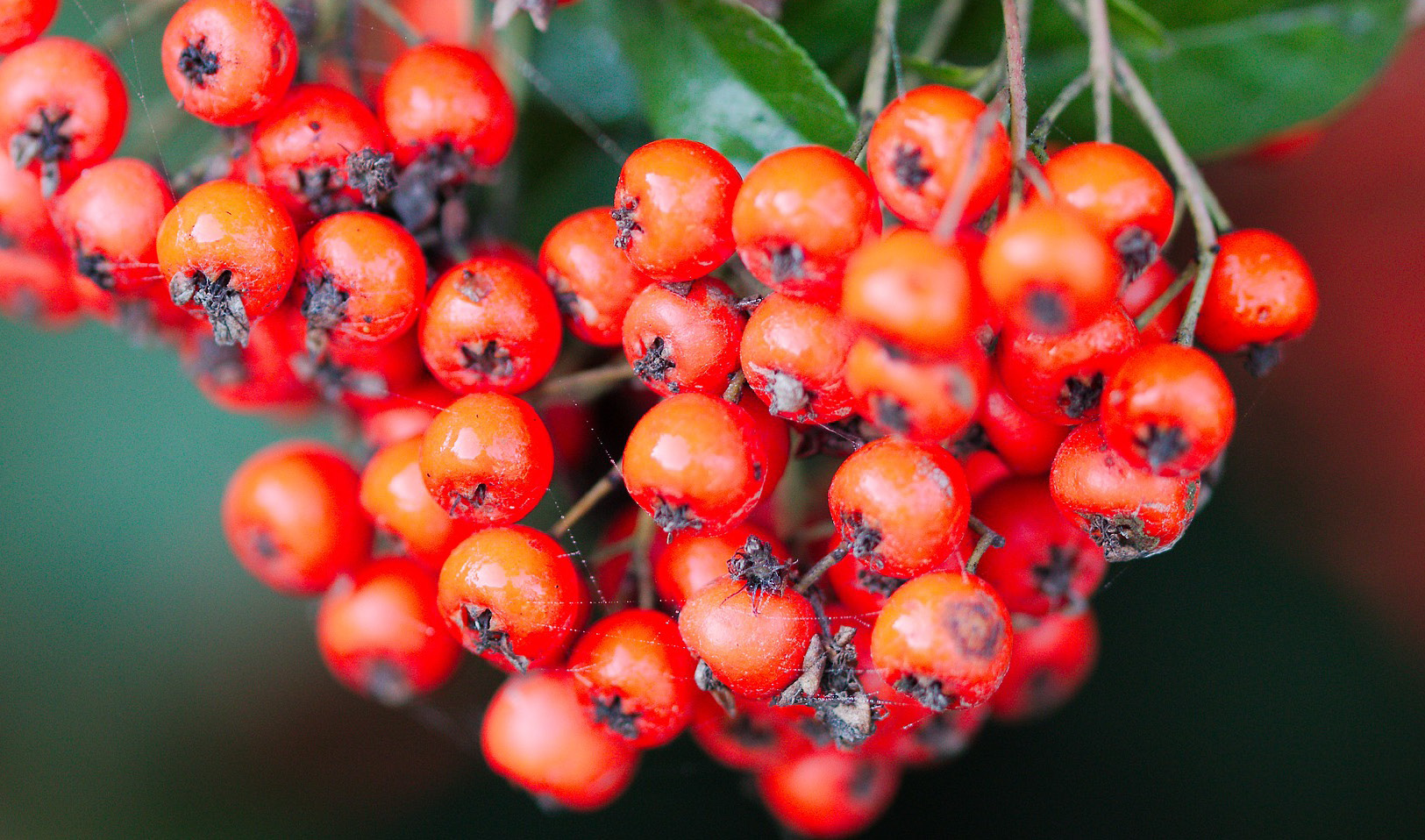
September
September is the first month of Autumn, which brings great changes. Many plants die back to their storage roots below ground, overwinter as seeds or remain as a shadow of their former self above ground; deciduous trees and shrubs lose their leaves to protect them from the winter when the ground may be frozen and water scarce; animals fatten up for their winter hibernation, insect numbers decline massively as adults of many species die to leave the caterpillars or pupae to survive the winter; summer breeding birds move to their wintering grounds in Africa where they can be sure of food, whereas birds from the north descend in their thousands to the countryside, estuaries and even gardens of Britain. This month look out for:
- Hedgerows for berries, late butterflies and small birds
- Dragonflies and damselflies near water
- Fungi appearing in woodlands and grasslands
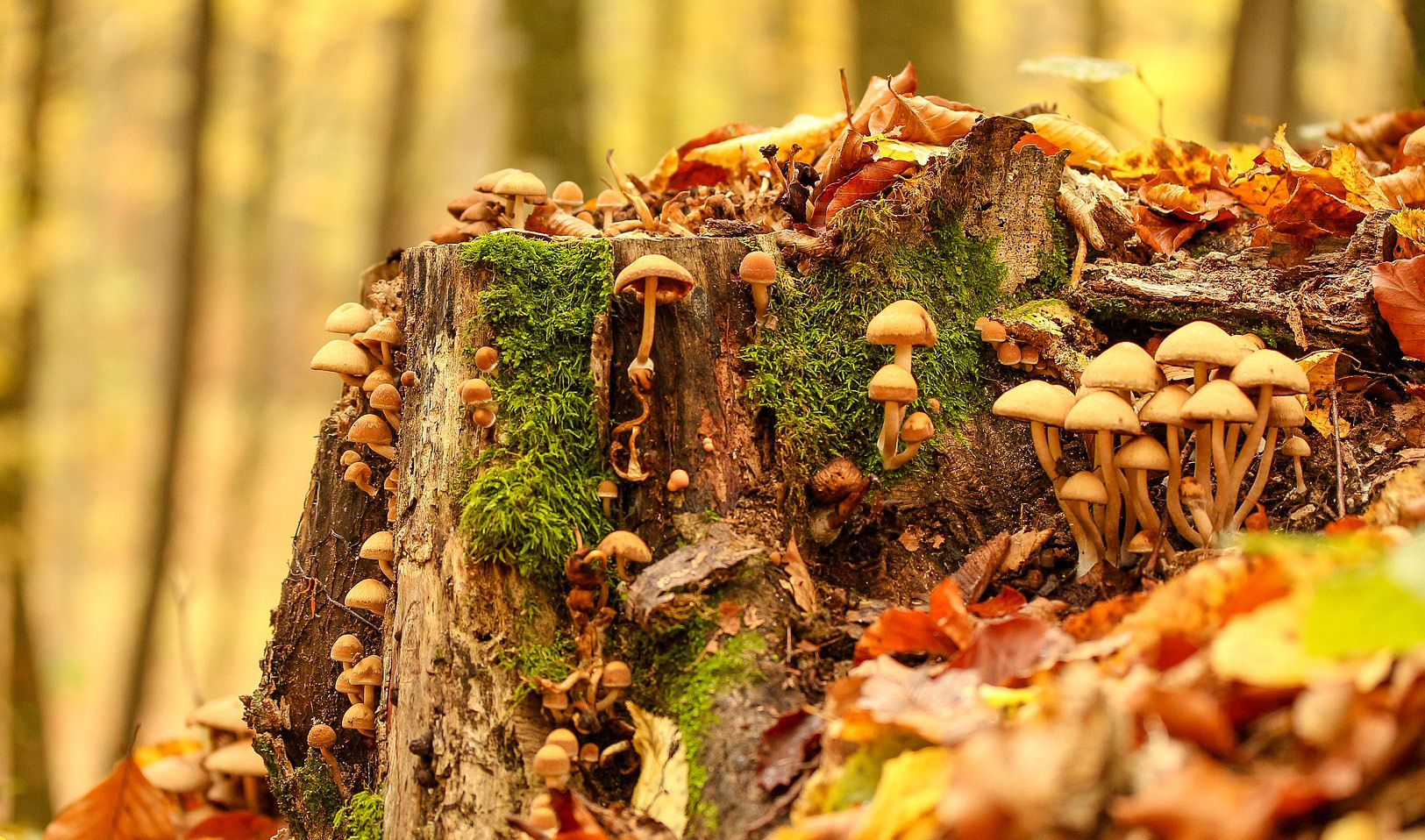
October
This is the month of the equinox, a marker that highlights the changing seasons. Autumn is in full swing by the time October gets underway and although there can still be warm days, you may also see your breath on a cold morning for the first time since last winter. Flocking greenfinches are amongst the birds now returning to the garden. They can appear to have an insatiable hunger for the seed feeders and hanging peanuts enjoyed by the blue tits. Look out for:
- Greenfinches and Blue Tits
- Acorns and hazelnuts ripening
- Fungi in woodlands and grasslands
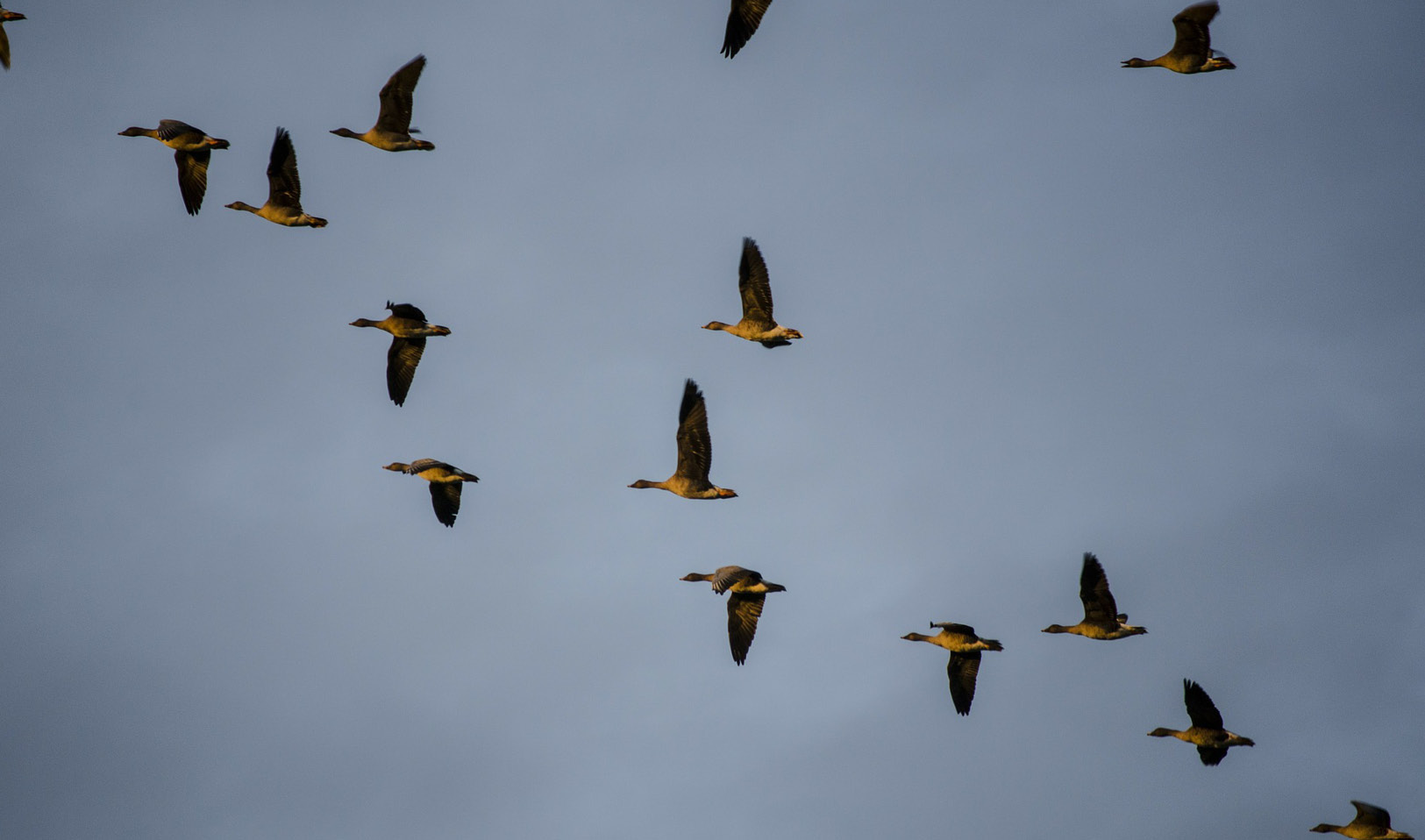
November
Last Autumn colours in the hedgerows and woodlands. Look out for:
- Bird flocks in wetlands and estuaries
- The arrival of redwings, fieldfares and waxwings
- Atlantic salmon moving to spawning grounds
- Fungi in woodlands and grasslands
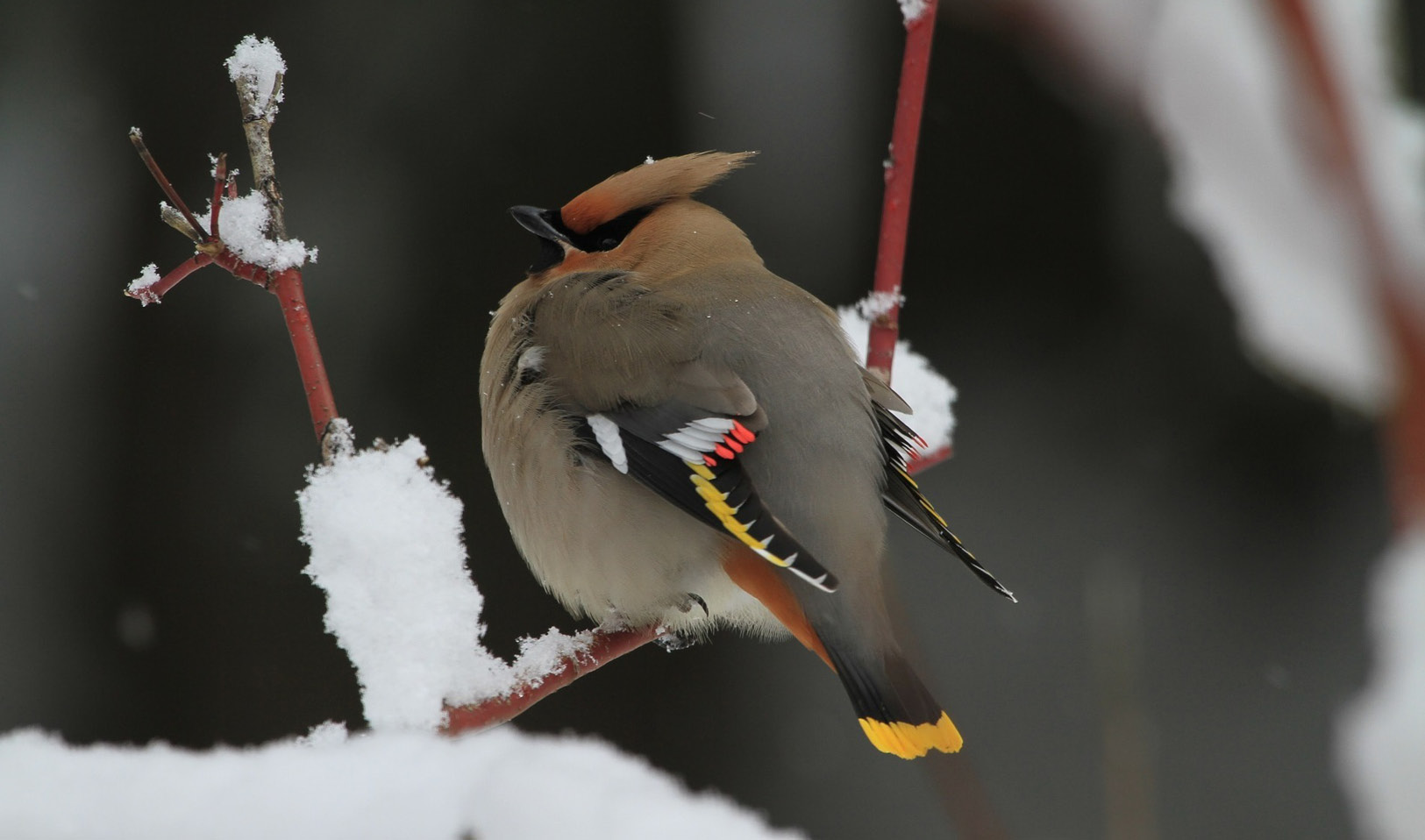
December
There can be no mistaking that winter is finally upon us in December, as frost grips the countryside and the trees are bare. It is from now until next spring that the battle for survival is at its most extreme for most animals, as food is scarce and temperatures are low. There are a number of tactics to get through this lean period. One is to migrate to a warmer location, another is to stick it out on stored food reserves. Look out for:
- Last spring's bird nests showing in leafless hedges
- Bird flocks in wetlands and estuaries
- Redwings, fieldfares and waxwings
- Baby seal pups on our coasts
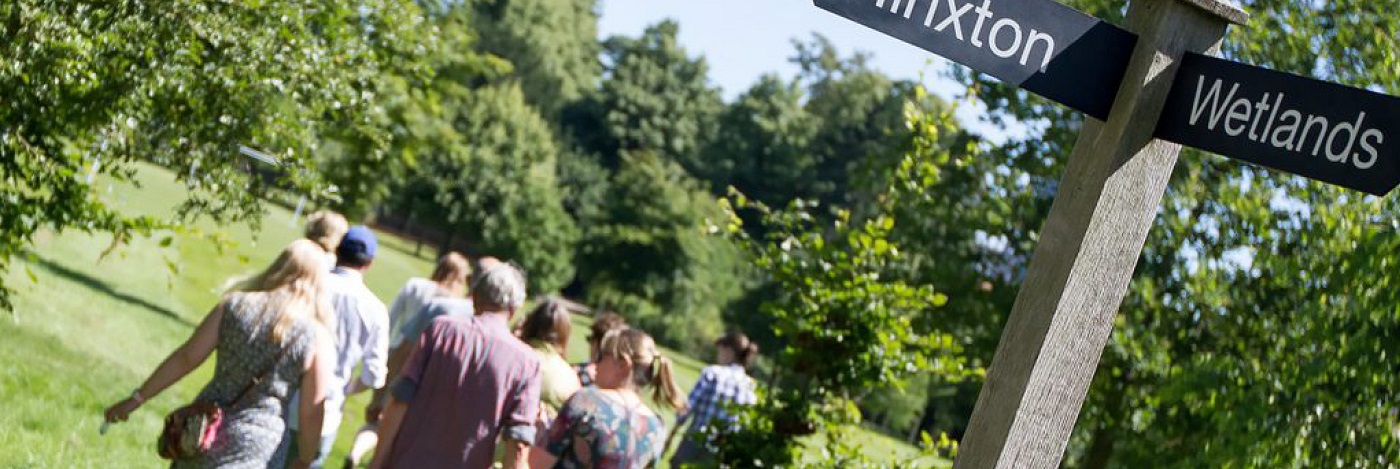
Local community activities
At the Wellcome Genome Campus we have a long-standing relationship with our local communities.
Learn more